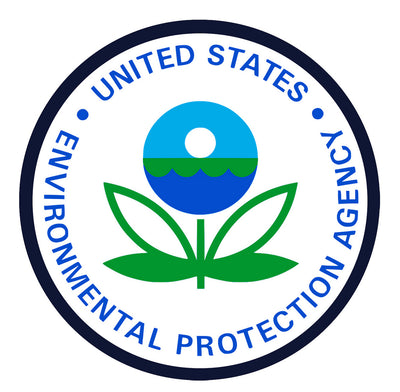Recap of the 2018 PFAS National Leadership Summit and Engagement
RSS
***Updated 5/30/2018 to include video
Analies Dyjak | Policy Nerd
Scott Pruitt has finally decided to address a class of contaminants that Hydroviv has been tracking for years. The 2018 PFAS National Leadership Summit and Engagement began yesterday, May 22nd, at EPA headquarters here in Washington, D.C. The goal of the summit is to bring together states, tribes, and territories who have been adversely affected by Per and Polyfluoroalkyl Substances (PFAS), a class of dangerous emerging contaminants. If you live in Wilmington, North Carolina or near Maplewood, Minnesota, you are probably very familiar with PFAS contamination. This class of chemicals was historically used in food packaging, Teflon, Scotchgard, fire fighting foam, and has now invaded many drinking water sources in the United States.
EPA PFAS Summit Recap
Pruitt sounded hopeful in his opening remarks on Tuesday. He stated that PFAS contamination is a “national priority” and that EPA is “developing groundwater cleanup recommendations.” He also announced that EPA is working to create a 4-step action plan. A major component of this plan is to set Maximum Contaminant Levels (or MCLs) that municipalities would be required to meet. MCLs are enforceable limits that are set as close to a “no risk” level as possible. Many states such as New Jersey, voiced their concerns on the lengthy time scale that it typically takes EPA to set drinking water standards. States have jurisdiction to create their own more stringent drinking water standards, but again, this is a lengthy and expensive process.
How Will PFAS Be Regulated?
The Safe Drinking Water Act only regulates public drinking water systems that supply at least 25 people at 15 service connections. Private well users will not be regulated by the proposed PFAS Maximum Contaminant Levels. It’s also important to mention that through the Safe Drinking Water Act, municipalities bare the burden of meeting these drinking water quality standards. Because PFAS contaminants are so complex, complete removal at the municipal level is impossible without spending a small fortune for advanced technology that may not even be effective. A representative from the Agency for Toxic Substances and Disease Registry (ATSDR), agreed that the toxicological profiles for various types of PFAS would be released as soon as possible. The same representative also stated that the minimal risk level for PFAS should be dropped to 12 parts-per-trillion instead of the current EPA health advisory level of 70 parts-per-trillion. Some scientists believe that even this threshold is still too high. The health director of the Natural Resources Defense Council recommends that PFAS standards should be set in the 4-10 parts- per-trillion range. These conflicting opinions demonstrate just how ambiguous water quality standards are in this country.
History of Drinking Water Regulations
Although one might be quick to point fingers at the current administration, Scott Pruitt isn’t completely to blame for weak water quality standards. In fact, none of the recent EPA administrators have seriously taken on water quality regulations. After the major environmental policy reform in the early 1970’s, there hasn’t been a real push to amend important statutes that protect waters of the US. Certain drinking water standards that were set in the 1970’s are still acting as the federal floor today. Drinking water regulations have been in a state of limbo ever since the 1996 Amendments of the Safe Drinking Water Act. These amendments, developed under the Clinton Administration, addressed important gaps in the original 1974 statute. Unfortunately, since the 1996 amendments, entirely new classes of harmful contaminants have become prominent in our nations’ waters. Emergent chemicals such as PFAS weren’t mentioned in the 1996 amendments because regulators were unaware of just how dangerous they would become to human health. Again, we cannot completely blame this current administration. The scientific community has known about PFAS-like compounds for decades and still minimal action has been taken to mitigate exposure.
Future PFAS Standards & Regulations
As a result of this summit, PFAS will most likely not become a federally regulated contaminant. As we’ve stated before, the regulatory process for drinking water standards can take decades. The United States has a long way to go to improve the process of creating and setting federal drinking water standards. Making data available and learning more about these sophisticated emerging contaminants are important steps in mitigating exposure.
The good news is that our filters have been laboratory approved to remove PFAS! If you have any questions regarding PFAS or Hydroviv filters, send us an email at hello@hydroviv.com or use the chat function on our website.
Other articles we think you might enjoy:
Minnesota PFAS Contaminatation
What you need to know about Perfluroalkyl and Polyfluoroalkyl Substances (PFAS)
GenX Contamination in Drinking Water




